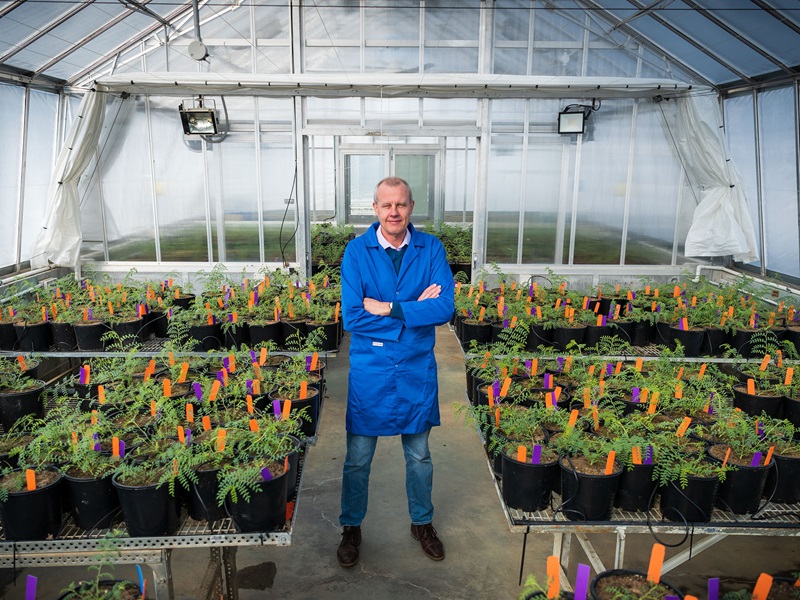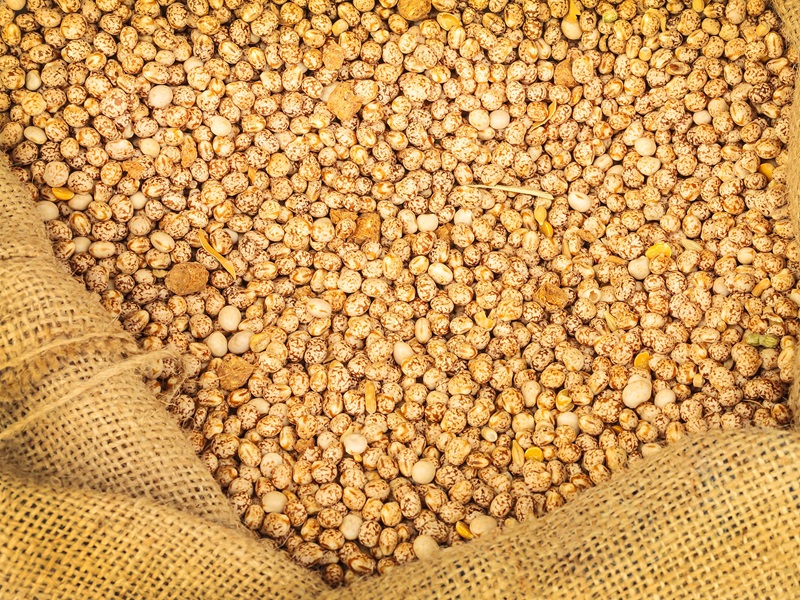Australia’s national science agency CSIRO says it is working to find ways to meet the protein needs of an additional 2 billion people by 2050.
The organisation on its website laid out its Future Protein Mission to sustainably produce enough protein to feed a population estimated to hit 9.7 billion less than two decades from now.
CSIRO said that it is focussing its efforts on different areas such as developing new plant protein-based ingredients from crops already being produced at scale for new products; creating wholly novel protein through technologies like precision fermentation; and others.
“We’re looking at diverse ways to get more out of existing protein sources like meat, plants, and fish. We’re also seeking out new sources to complement them,” says Dr Crispin Howitt, Mission Lead for Future Protein. “We’re going to need all kinds of protein.”

Crispin acknowledges the challenges facing future protein production, such as a growing middle class wanting to eat more and better-quality protein, limited new agricultural land for growing more food, and potential impacts of climate change on Australian farmers.
However, CSIRO notes that while there is no one scientific solution to these problems, diverse protein sources can produce something greater than the sum of their parts.
Changing lupins into a high-value protein
One of the potential protein sources CSIRO is exploring the Australian lupin as a useful and sustainable food ingredient.
The high-protein pulse — which is known for being drought-tolerant as well as high in nutrition such as vitamin C, calcium, potassium, iron and zinc — has been limited to stockfeed due to its texture and bitter taste.
However, CSIRO is cooperating with Curtin University scientists and Wide Open Agriculture (WOA) to harness novel food production technology that is transforming the lupin into a high-value food product.
The technology is creating lupin prototypes that can be used as a complementary plant protein in the place of eggs and meat and are also suitable for making gluten and dairy-free products and supplements.
CSIRO says the plant protein market is estimated to be a $6 billion opportunity for Australia by 2030.

Precision fermentation for novel high-value food products
CSIRO synthetic biologist Dr Thomas Vanhercke is exploring the possibilities in precision fermentation, which the organisation says has a long and safe history in supplementing and diversifying foods.
Precision fermentation is defined as the process of traditional fermentation with the latest advances in biotechnology to efficiently produce a compound such as a protein, flavour molecule, vitamin, pigment, or fat.
“Because of massive advances in technology over the past two decades, the cost of using precision fermentation has gone down,” Dr Vanhercke says. “As a result, in the last five years new markets have started to open. Now, we have the chance to use this process to create new high-value food products.”
CSIRO noted that it is also working with Meat & Livestock Australia (MLA) to convert lower-value cuts of red meat into nutritious, allergen free, high-value meat protein powder.
To stay up-to-date on the latest industry headlines, sign up to Future Alternative’s enewsletter.
Posted on:


